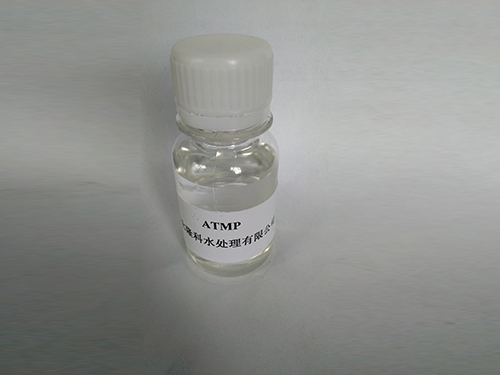coagulant and flocculant chemicals
The Role of Coagulant and Flocculant Chemicals in Water Treatment
Water treatment is an essential process that ensures the provision of clean and safe water for consumption and various industrial applications. Among the critical components of this process are coagulant and flocculant chemicals. These substances play a pivotal role in the removal of impurities, thereby improving the overall quality of water.
Coagulants The First Step in Purification
Coagulants are chemicals that help in the aggregation of suspended particles in water. When water contains impurities such as mud, silt, and organic matter, these particles remain dispersed and cannot be removed easily. Coagulants, typically metal salts like aluminum sulfate (alum) or ferric chloride, neutralize the charges on these particles, allowing them to clump together into larger aggregates known as flocs.
The coagulation process begins when coagulants are added to the water. They react with the impurities, creating a denser mass that can then be settled out or filtered from the water. This initial step is crucial because it significantly reduces the turbidity of the water, making subsequent treatments more efficient.
Flocculants Enhancing the Settling Process
While coagulants initiate the aggregation of particles, flocculants serve to enhance this process. Flocculants are long-chain polymers that further encourage the growth and settling of flocs. After coagulation, a flocculant is introduced, which binds smaller flocs into larger ones, facilitating faster settling and easier removal.
coagulant and flocculant chemicals

The use of flocculants like polyacrylamide has gained popularity due to their effectiveness and efficiency. They are particularly beneficial in treating water with low turbidity, where conventional coagulation may not suffice. By promoting the formation of larger particles, flocculants make it easier to separate solids from liquids, thus improving overall treatment efficacy.
Economic and Environmental Benefits
The proper use of coagulant and flocculant chemicals not only improves water quality but also presents significant economic advantages. By enhancing particulate removal, these chemicals reduce the need for extensive filtration and sedimentation processes. This can lead to lower operational costs for water treatment plants.
Moreover, the effective removal of contaminants minimizes environmental impacts. Cleaner effluents mean less pollution in waterways, promoting healthier ecosystems. Additionally, utilizing these chemicals responsibly can reduce the volume of waste generated, contributing to more sustainable water treatment practices.
Conclusion
Coagulants and flocculants are indispensable in modern water treatment systems. Their ability to efficiently remove contaminants ensures the delivery of clean and safe water, supporting public health and environmental integrity. As technology continues to advance, the optimization of these chemicals will play an even more critical role in addressing the growing global challenges related to water scarcity and pollution. Understanding and leveraging the properties of these substances is essential for future developments in water treatment and management.
-
Water Treatment with Flocculant Water TreatmentNewsJun.12,2025
-
Polymaleic AnhydrideNewsJun.12,2025
-
Polyaspartic AcidNewsJun.12,2025
-
Enhance Industrial Processes with IsothiazolinonesNewsJun.12,2025
-
Enhance Industrial Processes with PBTCA SolutionsNewsJun.12,2025
-
Dodecyldimethylbenzylammonium Chloride SolutionsNewsJun.12,2025





